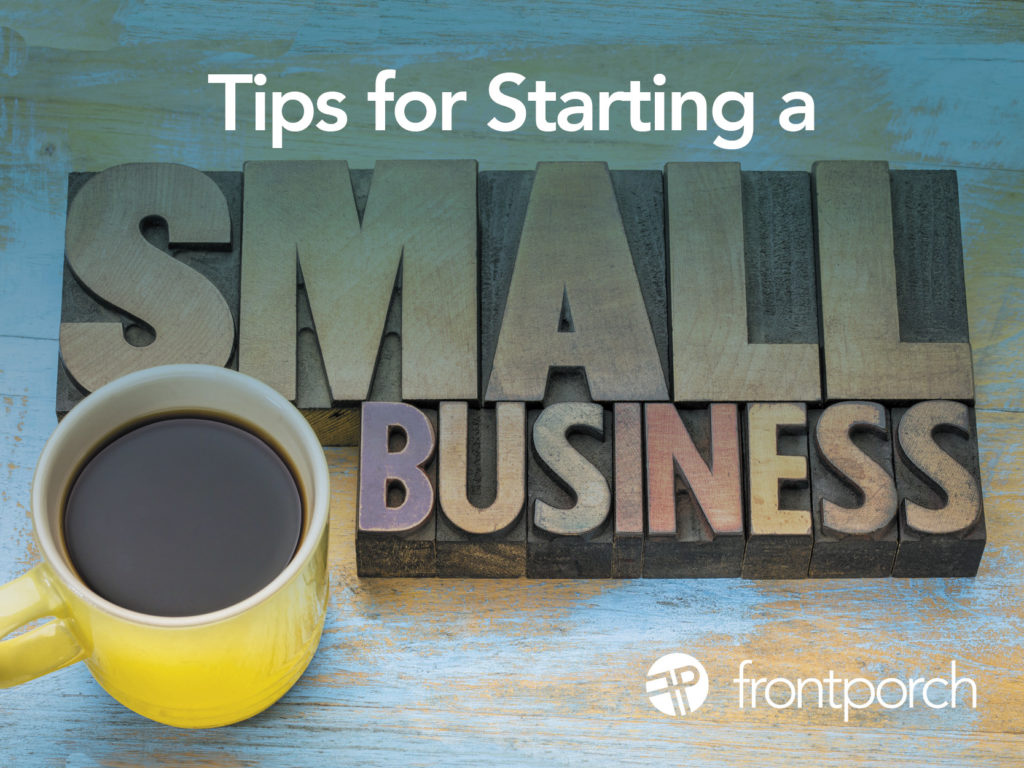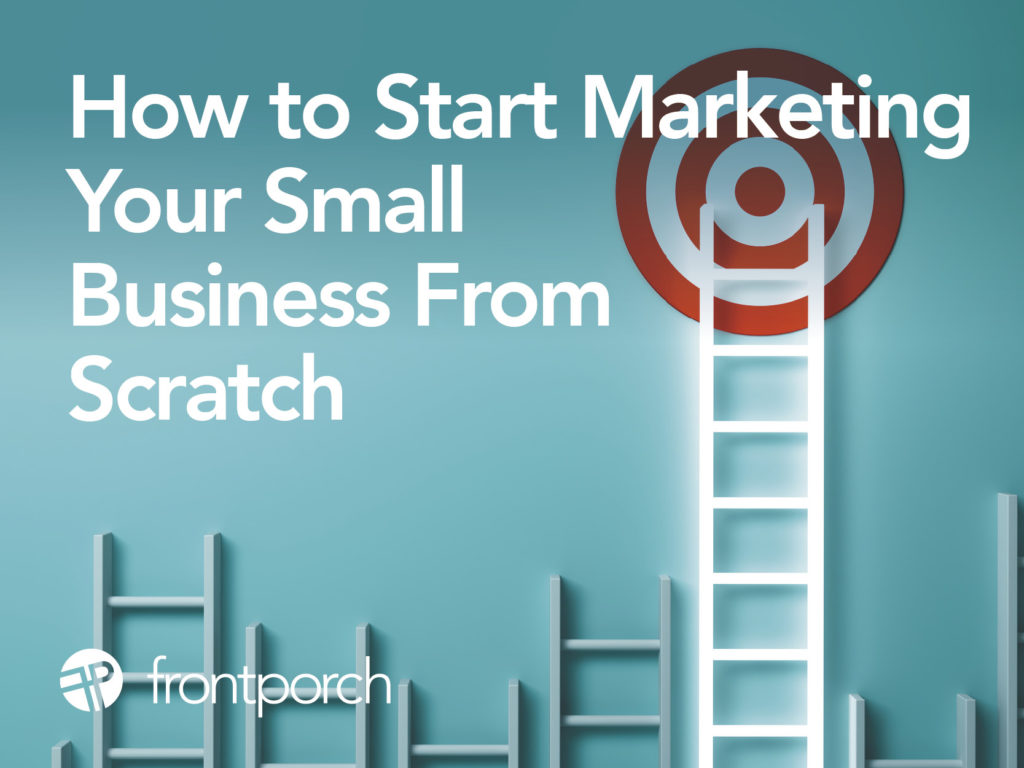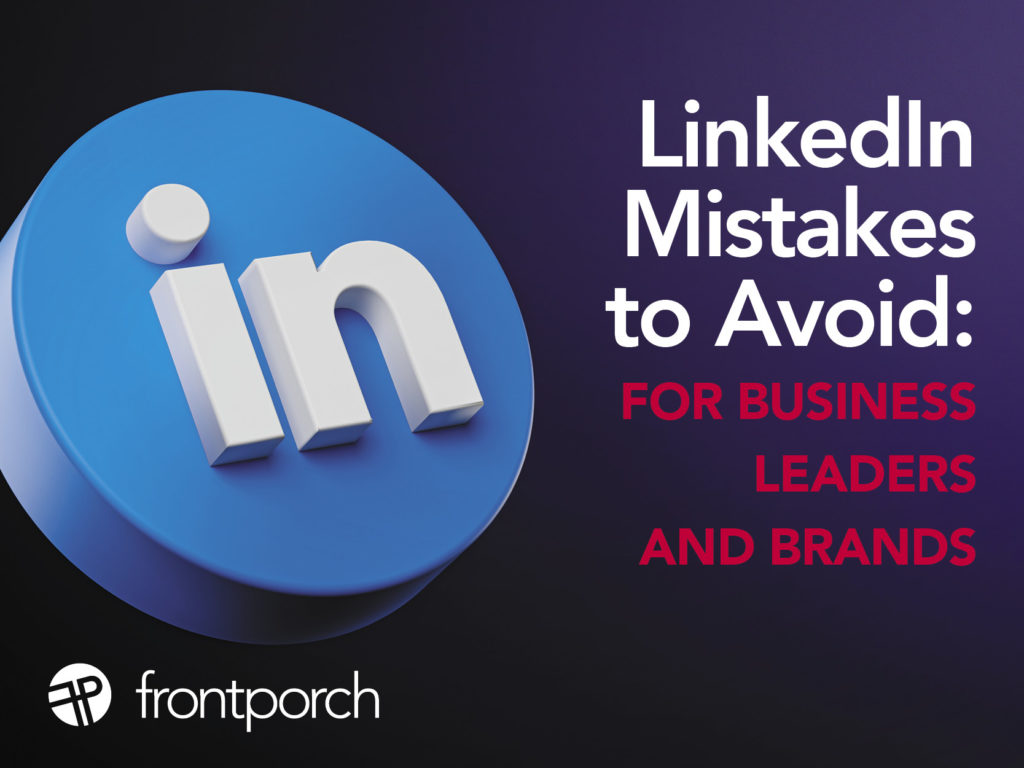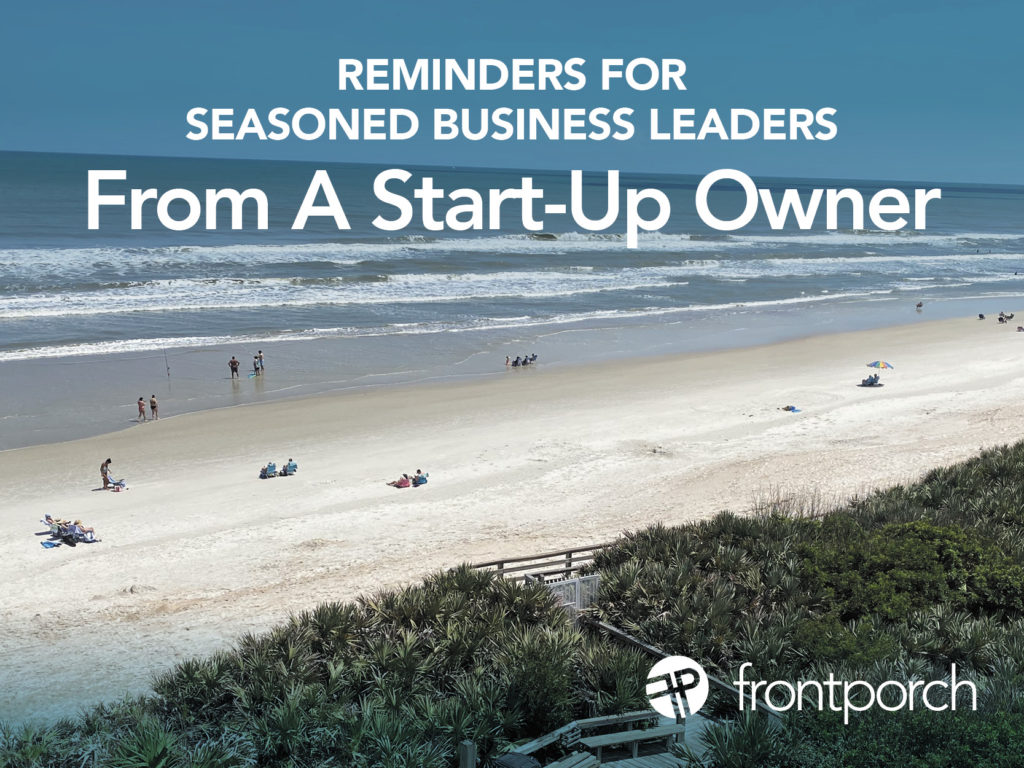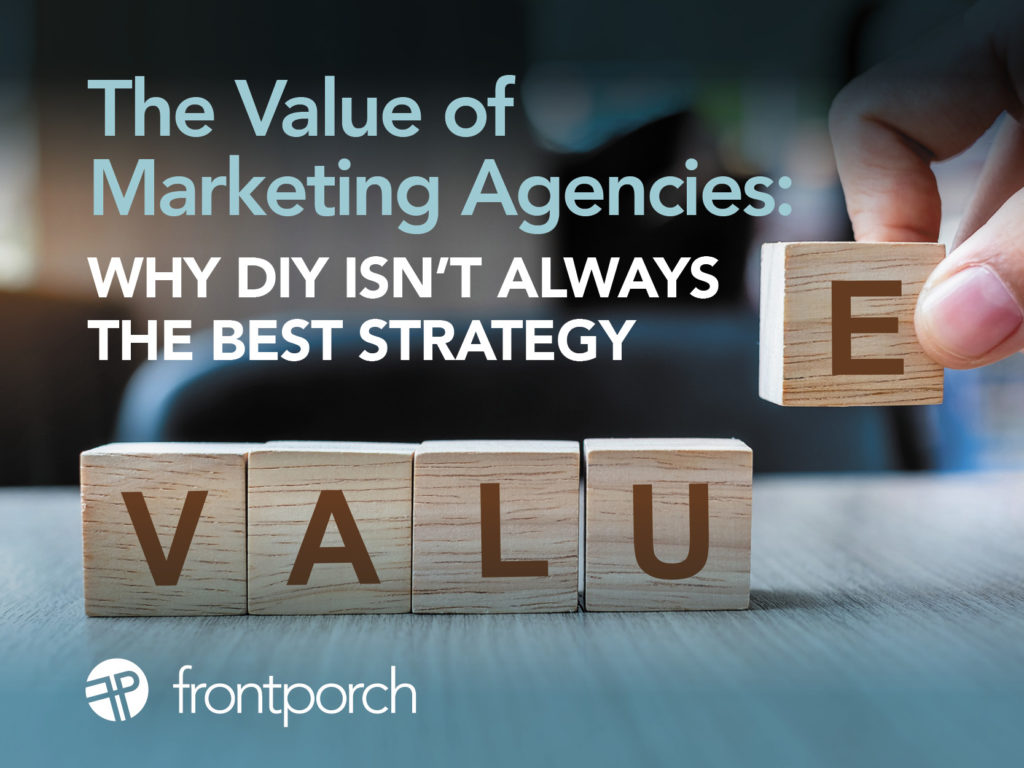
Where Do Marketing Agencies Fit into Your Business?
In today’s competitive business landscape, marketing plays a pivotal role in driving growth and success, and marketing agencies are at the forefront of this work. Good marketing can identify new customers, engage and grow a loyal audience, or launch new products and services. And while some business owners may contemplate handling their marketing efforts in-house, seeking the expertise of an agency can make a significant difference in achieving sustainable results.
Marketing agencies bring a wealth of knowledge, experience, and strategic insights that can add substantial value to a client’s business. There are many different ways that agencies can contribute to a client’s success and why opting for professional assistance is essential.
What You Get When You Choose A Marketing Agency Over Doing it Yourself
When you work with a marketing agency instead of trying to do everything yourself, you’ll enjoy many advantages like specialized expertise, a strategic approach, resource optimization, access to cutting-edge tools, and time efficiency.
1. Specialized Expertise
Marketing agencies equip their teams of skilled professionals with specialized knowledge and skills in various marketing disciplines. From SEO and content marketing to social media and paid advertising, agencies can bring a diverse skill set that can be tailored to meet the unique needs of each client.
These marketers focus on their disciplines day in and day out, and adding their knowledge base to building your business pays off. Their expertise ensures that marketing efforts are executed effectively, delivering measurable results that align with business goals. More bang for your buck.
2. Strategic Approach
Agencies work closely with clients to develop data-driven strategies that align with their overall business objectives. By conducting thorough market research and competitor analysis, agencies identify opportunities and then craft well-thought-out campaigns to stay ahead of the competition.
A strategic approach not only maximizes marketing ROI but also enables businesses to make informed decisions for future growth. These agencies objective perspectives on growing clients’ businesses means they can make solid, research-backed decisions to build business. And then they can implement these decisions in a streamlined manner.
3. Resource Optimization
Managing marketing efforts in-house can strain resources, especially for small to medium-sized businesses. Marketing agencies offer cost-effective solutions that allow clients to focus on core business activities while leaving marketing tasks in expert hands. This resource optimization ensures that businesses get the most out of their marketing budget and manpower.
Our small to medium-sized clients benefit from Front Porch Marketing’s ability to supplement their own efforts. We work hand-in-hand with them to build their business as if it were our own, while lending expertise that clients don’t typically have in-house like website design, social media content marketing, email marketing and large design-focused projects like brochures. This leaves small business owners to focus on what they do best.
4. Access to Cutting-Edge Tools
Marketing agencies invest in state-of-the-art marketing tools and technologies to gain a competitive edge. By leveraging these tools, agencies can track and analyze data effectively, allowing for data-driven decision-making and continuous optimization of marketing campaigns. Such insights are crucial in maintaining a strong market presence and adapting to changing consumer behaviors.
It wouldn’t be cost-effective for small businesses to invest in these tools, so marketing agencies can again supplement the efforts of a business with this access to tools and the expertise to optimize their use for the benefit of a client’s business.
5. Time Efficiency
Implementing a successful marketing strategy requires time, effort, and consistent monitoring. By delegating marketing responsibilities to an agency, clients can focus on core competencies and strategic business growth. This time efficiency enables businesses to operate seamlessly while their marketing needs are efficiently addressed by industry experts.
Taking all these tasks off a small business owner’s plate gives them time to see the big picture. Then they can focus on growing their business. And they won’t get buried in the weeds of all the marketing tasks necessary to get there.
6. Reassess What Your Time is Worth, and Let a Marketing Agency Help Make Your Business Better
In conclusion, marketing agencies bring invaluable expertise and depth of knowledge. This can significantly elevate a client’s business to new heights. From specialized skill sets and strategic insights to resource optimization and access to cutting-edge tools, agencies offer an all-encompassing solution to marketing challenges.
While some clients may consider DIY marketing, it’s crucial to recognize the value that marketing agencies bring to the table. By partnering with a reputable agency, businesses can enjoy efficient and effective marketing efforts that lead to long-term success. Remember, marketing is an investment in the future, and entrusting marketing professionals can lead to remarkable returns.




